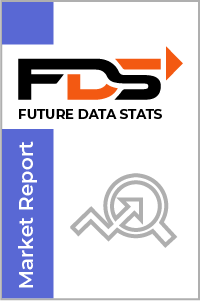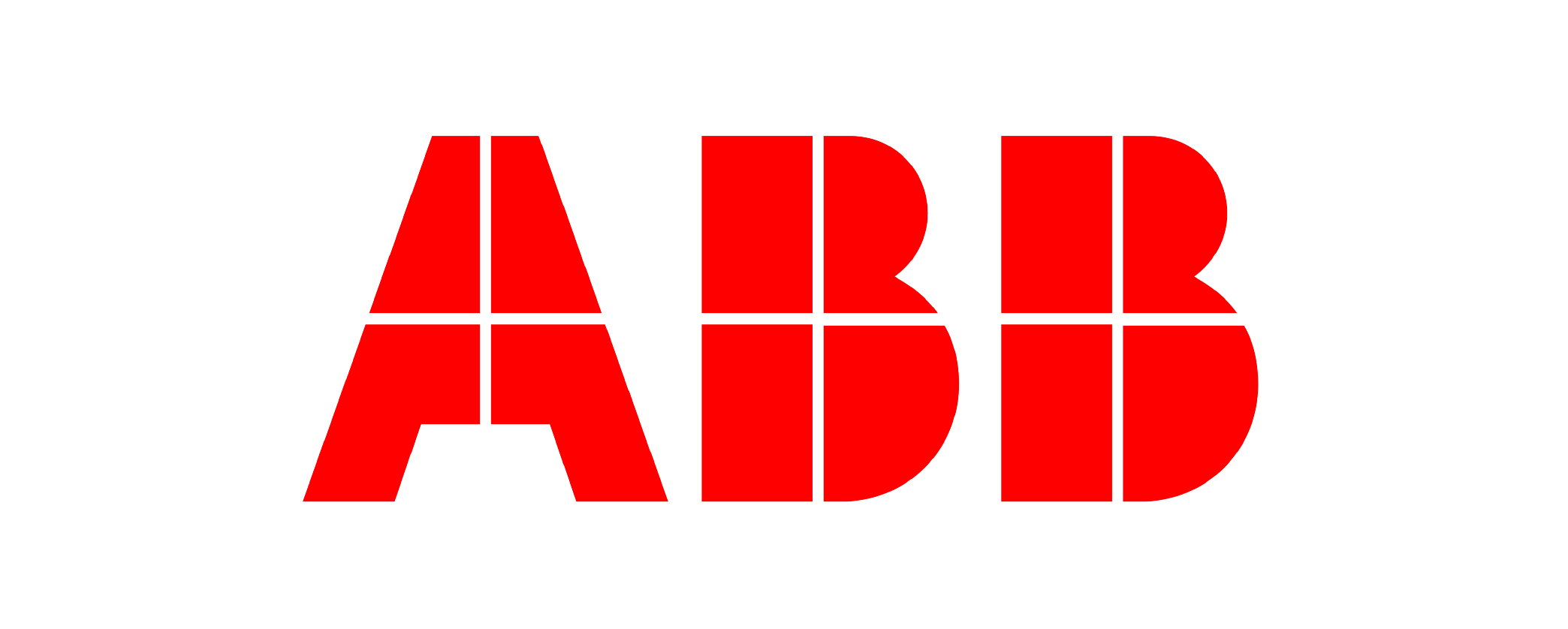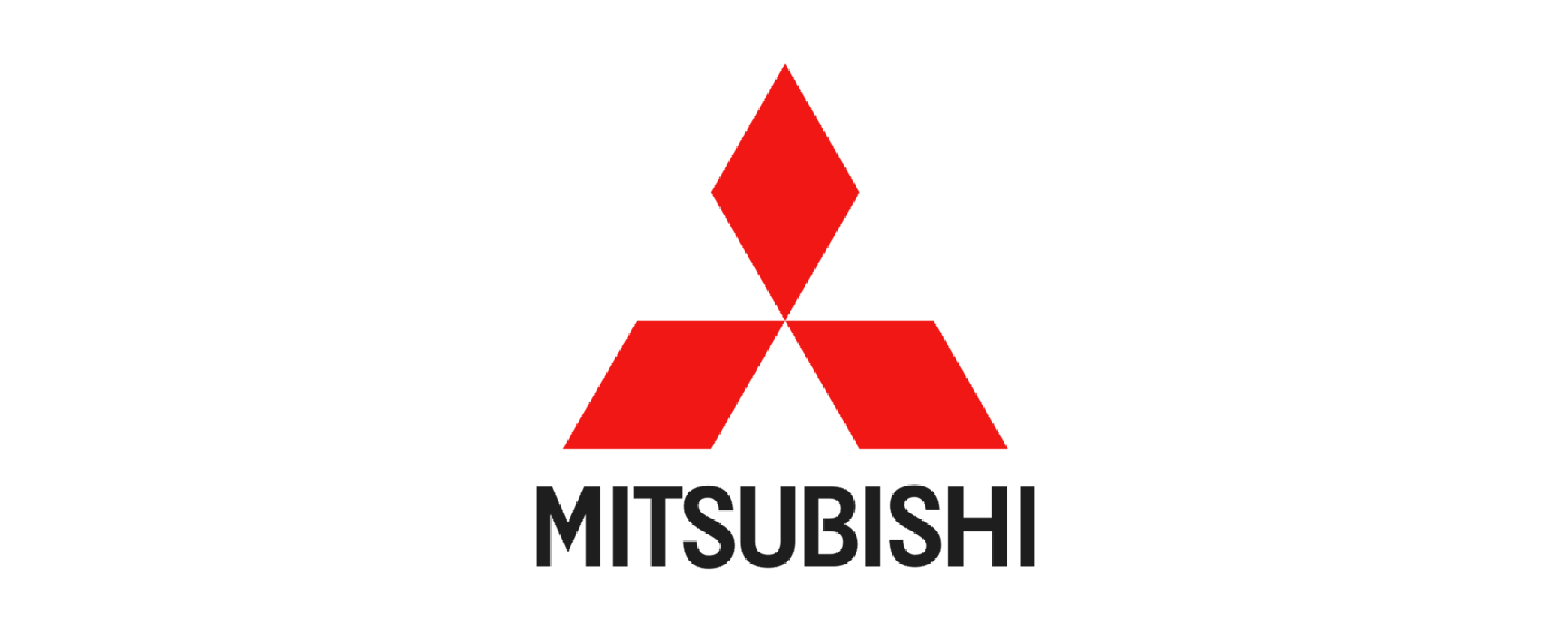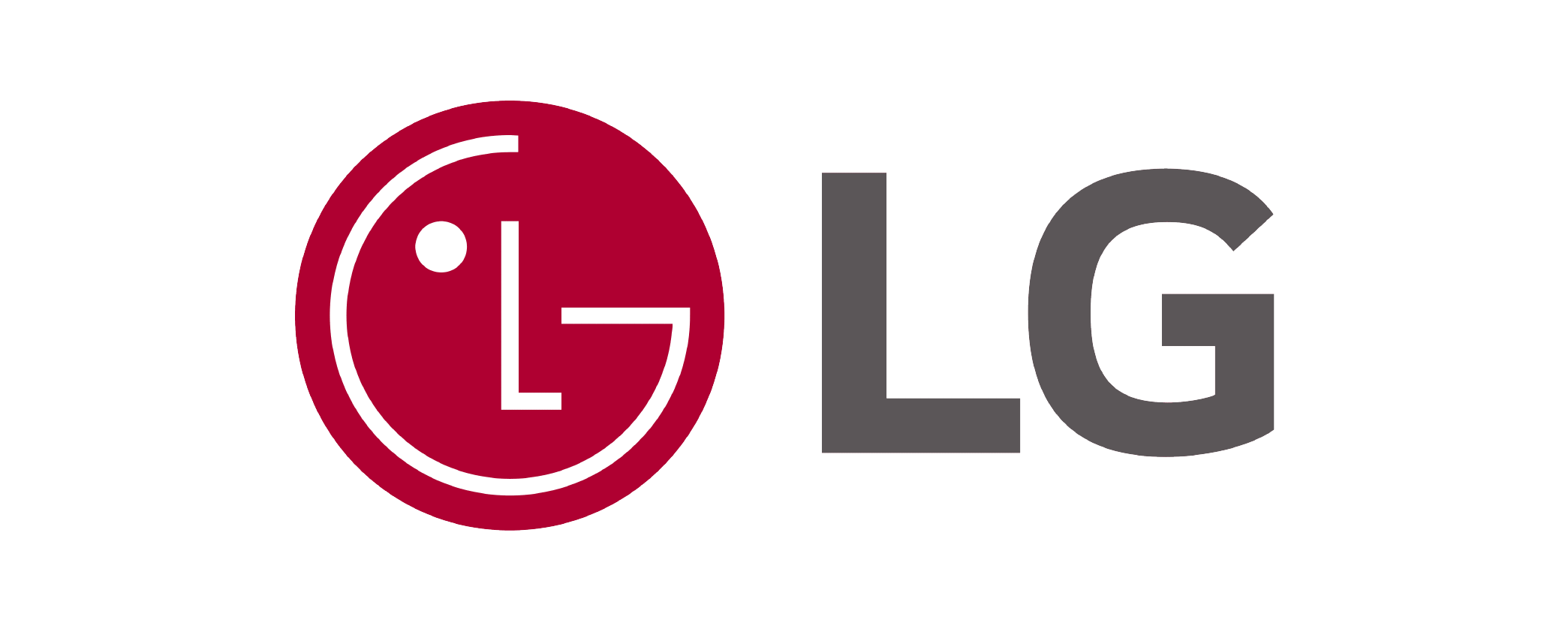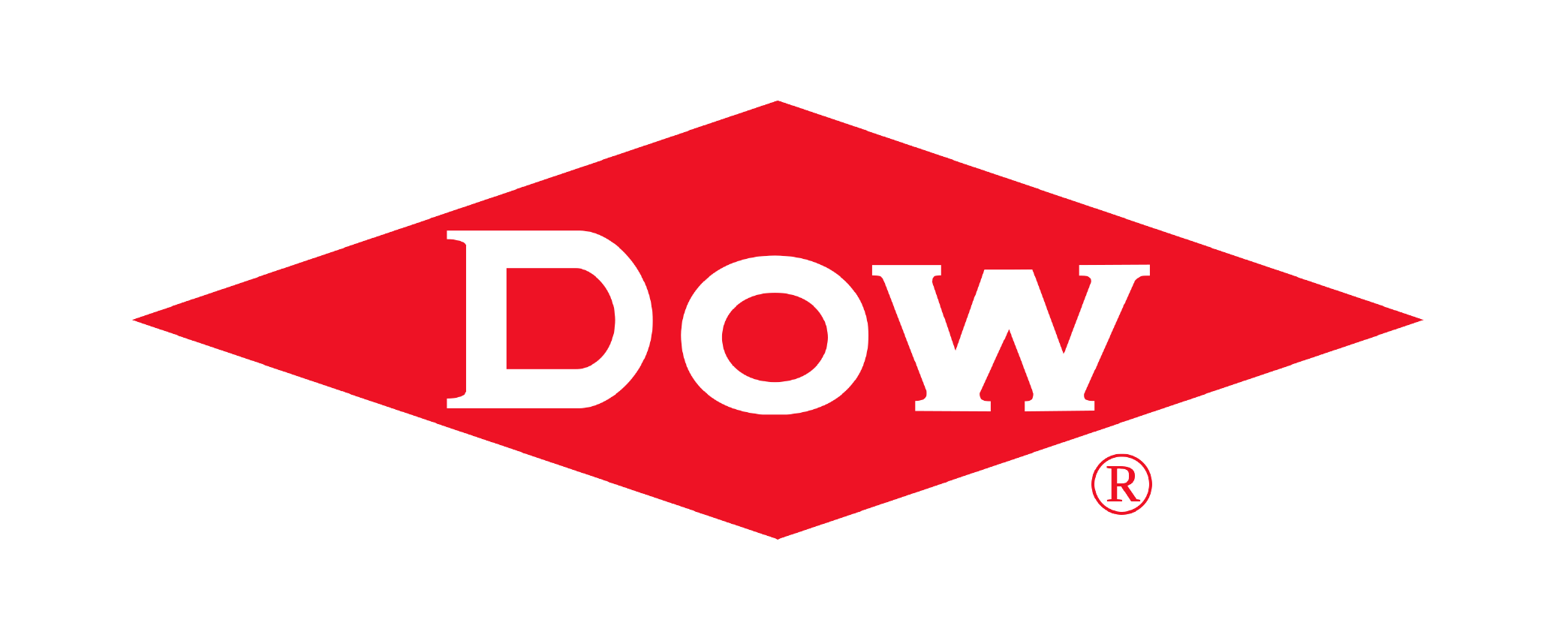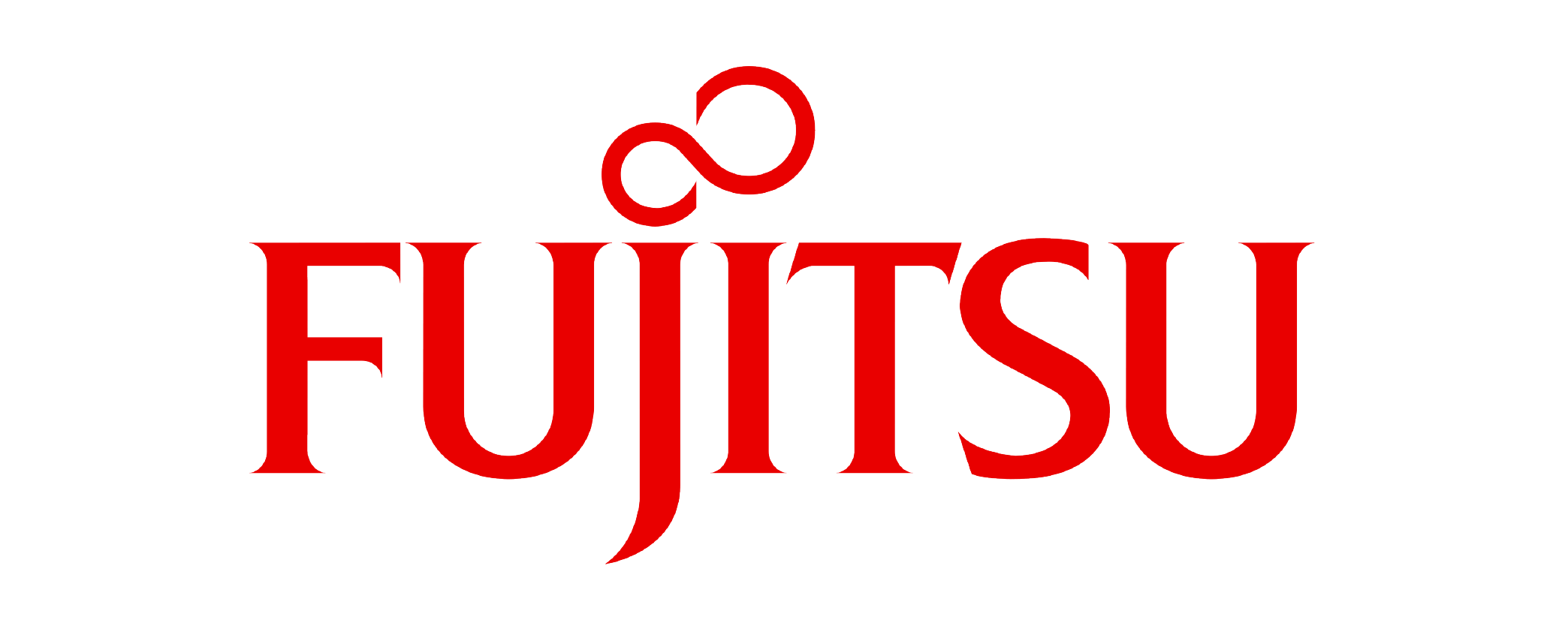The global Football Club Merchandise Market is witnessing consistent growth, with its size estimated at USD 6.1 Billion in 2025 and projected to reach USD 12.9 Billion by 2033, expanding at a CAGR of 9.8% during the forecast period.
The Football Club Merchandise Market Research Report by Future Data Stats presents an in-depth and strategic assessment of the market landscape. Drawing on historical data from 2021 to 2023, the report identifies key trends, evolving growth patterns, and pivotal market dynamics. Anchored in 2024 as the base year, it delivers a detailed examination of consumer behavior, competitive forces, and regulatory frameworks influencing the sector. Extending beyond conventional analysis, the report provides a forward-looking forecast from 2025 to 2033, leveraging advanced analytical methodologies. It maps the anticipated growth trajectory, uncovers emerging opportunities, and highlights potential risks—empowering stakeholders with the actionable intelligence needed to make informed decisions in a rapidly transforming market environment.
MARKET OVERVIEW:
The purpose of the Football Club Merchandise Market is to strengthen the bond between football clubs and their fans by offering products that represent loyalty, identity, and pride. Clubs use merchandise such as jerseys, scarves, caps, and collectibles to engage supporters beyond the stadium, creating emotional connections that drive long-term fan involvement. This market provides a structured way for clubs to commercialize their brand and expand global visibility through tangible and digital products. The market also serves as a vital revenue stream that supports club operations, player investments, and promotional activities. By selling merchandise through online platforms, physical stores, and matchday events, clubs diversify income sources and reach fans worldwide. Beyond generating profits, the purpose lies in building community, fostering brand loyalty, and creating memorable experiences for fans. Merchandise transforms fandom into everyday lifestyle choices, making football not just a sport but a cultural identity.
MARKET DYNAMICS:
The latest trends in the Football Club Merchandise Market highlight the rise of digital integration, sustainable products, and fashion-inspired collaborations. Clubs increasingly release eco-friendly jerseys made from recycled materials to meet growing consumer demand for responsible products. Digital merchandise, including NFTs and virtual kits, is gaining traction among younger fans who value online engagement. Limited-edition drops and player-specific collections also attract global attention, with fans purchasing items not only as memorabilia but also as lifestyle fashion. Upcoming trends point toward a wider business scope as clubs leverage technology and personalization to enhance fan experiences. Augmented reality shopping, customizable merchandise, and subscription-based fan boxes are set to expand reach and deepen loyalty. Emerging markets in Asia Pacific, Latin America, and the Middle East provide fresh opportunities, as rising football popularity drives merchandise adoption. The business scope extends beyond apparel, with home décor, digital collectibles, and corporate gifting shaping the future of the market.
The demand for football club merchandise continues to rise, fueled by passionate fan loyalty and engagement. Clubs actively promote their brands through various channels, including social media and community events, effectively reaching wider audiences. Additionally, the growing popularity of football leagues worldwide and the increasing number of televised matches contribute to heightened consumer interest. Fans often see merchandise as a way to express their loyalty and connect with their favorite teams, driving sales across various product categories, from jerseys to accessories. Despite the growth potential, the football merchandise market faces several challenges. Economic downturns can limit discretionary spending among fans, leading to reduced merchandise sales. Moreover, counterfeit products pose a significant threat, undermining brand integrity and consumer trust. However, clubs can capitalize on opportunities by expanding their online presence, offering exclusive merchandise, and engaging in collaborations with popular brands. Embracing sustainability trends as consumers increasingly look for eco-friendly options can also open new avenues for growth and innovation in the merchandise sector.
FOOTBALL CLUB MERCHANDISE MARKET SEGMENTATION ANALYSIS
BY TYPE:
The merchandise type segment grows strongly as jerseys and kits dominate sales due to emotional attachment with clubs and players. Fans actively purchase replica kits to display loyalty, while authentic kits hold aspirational value. Accessories, scarves, and caps also gain traction, especially during matchdays and tournaments. Collectibles and memorabilia emerge as premium investments, attracting collectors and enthusiasts. Increasing demand for lifestyle integration products such as footwear, bags, and household merchandise drives manufacturers to diversify portfolios and capture wider audiences.
Digital merchandise, including NFTs and virtual kits, is reshaping the type-based segment by appealing to tech-savvy fans and online communities. Clubs adopt digital offerings to monetize fan engagement beyond physical goods, creating hybrid consumption models. Sustainability further influences purchasing behavior, with eco-friendly apparel and recycled materials gaining importance. Strategic collaborations between football clubs and fashion brands enhance product appeal, positioning merchandise as both sportswear and lifestyle apparel. This diversification broadens consumer reach and strengthens revenue streams globally.
BY APPLICATION:
Application-based segmentation reveals that online retail drives significant growth, supported by global e-commerce platforms and club websites offering official products. Fans increasingly prefer online shopping for convenience, broader product availability, and international access to club stores. Offline retail maintains relevance through physical outlets, stadium stores, and specialty sports shops where fans enjoy immersive shopping experiences. Matchday sales also contribute substantially, as fans purchase merchandise to celebrate live matches, creating emotional connections and boosting impulse buying behavior.
Fan clubs and membership programs further dominate the application segment, as loyalty schemes and subscription merchandise boxes encourage repeat purchases. These channels strengthen direct club-fan relationships and ensure stable revenue inflows. Events such as World Cups, regional tournaments, and league championships amplify both offline and online sales, driving seasonal spikes. Integration of AR/VR in retail platforms enhances engagement, while dynamic pricing strategies during events optimize revenue capture. Application diversity ensures merchandise accessibility across multiple consumer touchpoints.
BY END-USER:
Adult consumers dominate merchandise purchases as they account for the highest spending capacity and emotional engagement with clubs. Men drive demand for jerseys, kits, and collectibles, while growing female fandom influences the expansion of women-centric merchandise lines, including customized apparel and accessories. Kids’ merchandise also expands rapidly as parents invest in mini kits and junior gear, strengthening future fan bases. Collectors and enthusiasts remain vital, driving premium demand for limited-edition memorabilia and autographed products.
Corporate and institutional buyers contribute to this segment by procuring bulk merchandise for sponsorships, promotional campaigns, and gifting. Women’s football growth significantly impacts demand, as official women’s team kits and related products gain wider recognition. Rising female viewership creates strong opportunities for inclusive and diverse merchandise portfolios. Generational shifts further influence this segment, with younger fans engaging more with digital and customized merchandise, while older demographics prefer traditional apparel and memorabilia, ensuring balanced market distribution.
BY DISTRIBUTION CHANNEL:
E-commerce platforms dominate distribution as clubs and global sports retailers leverage online stores to reach international fan bases. Convenience, extensive product choice, and direct-to-consumer models drive rapid growth. Mobile shopping apps enhance accessibility, enabling seamless purchases during matches or live events. Club-owned online platforms gain trust by offering authentic merchandise, strengthening official sales channels. Partnerships with leading e-commerce players expand reach in developing regions, boosting cross-border trade.
Offline distribution retains importance as fans value physical shopping experiences at stadium outlets, flagship stores, and specialty sports shops. Third-party retail chains, department stores, and supermarkets also sustain demand by ensuring merchandise visibility. Exclusive club-owned flagship outlets enhance brand identity and provide immersive fan experiences. Hybrid models combining online and offline distribution strengthen accessibility and customer loyalty. Regional distribution strategies further evolve to cater to fan clusters, ensuring merchandise availability aligns with tournament schedules and local market dynamics.
BY PRICING RANGE:
The premium merchandise segment thrives on exclusivity, authenticity, and limited-edition products, attracting high-income consumers and collectors. Authentic jerseys, autographed items, and luxury collaborations with fashion brands fall into this category. Fans seeking status symbols invest heavily in premium products, reinforcing brand prestige. Mid-range merchandise captures a wider audience, balancing affordability with quality, making it the largest contributor to overall revenue. Clubs strategically position mid-range items as accessible yet aspirational options for mass fan bases.
Budget merchandise ensures inclusivity by targeting price-sensitive consumers in emerging markets. Replica kits, low-cost accessories, and promotional products dominate this segment, enabling wider fan participation regardless of income levels. Clubs use budget lines to penetrate developing regions and expand global fan outreach. Seasonal discounts, promotional bundles, and stadium-specific offers strengthen affordability appeal. The balanced mix of premium, mid, and budget segments allows clubs to maximize reach across diverse consumer demographics while ensuring sustained revenue growth.
REGIONAL ANALYSIS:
In North America and Europe, the Football Club Merchandise Market grows steadily as established clubs benefit from strong fan bases, robust retail networks, and advanced e-commerce systems. Europe leads the market with powerhouse leagues and globally recognized clubs that drive sales of jerseys, accessories, and collectibles. North America shows rising adoption due to the growing influence of Major League Soccer and international tournaments, with fans purchasing merchandise through both online platforms and dedicated club stores. In Asia Pacific, Latin America, and the Middle East & Africa, the market expands rapidly as football gains deeper cultural and commercial significance. Asia Pacific stands out with increasing youth engagement, digital shopping growth, and strong demand for European club merchandise. Latin America thrives on passionate local support, with Brazil and Argentina driving consistent sales. The Middle East & Africa see growth through international events, rising online retail penetration, and expanding fan engagement around global and regional clubs.
MERGERS & ACQUISITIONS:
- In January 2024: Fanatics acquired the UK-based sports retailer Kitbag to expand its European distribution network.
- In February 2024: Adidas extended its long-term kit manufacturing partnership with Manchester United.
- In March 2024: JD Sports finalized its acquisition of the American headwear and apparel retailer Lids.
- In April 2024: PUMA renewed its landmark kit supplier agreement with Italian Serie A club AC Milan.
- In May 2024: Nike and the English Football League (EFL) announced a new comprehensive kit supply deal.
- In June 2024: Castore secured a new multi-year technical kit partnership with German club Bayer Leverkusen.
- In July 2024: Fanatics secured a new global merchandise and e-commerce deal with Inter Milan.
- In August 2024: MACRON was announced as the new technical partner for English Championship side Watford FC.
- In September 2024: Hummel signed a new long-term kit deal with English League One club Bolton Wanderers.
- In October 2024: Adidas announced a contract extension with Arsenal FC for their kit partnership.
- In November 2024: '47 Brand expanded its licensing portfolio with a new cap collection for LaLiga.
- In December 2024: Fanatics acquired a strategic stake in the Italian merchandise firm LetsPlay.Com.
KEYMARKET PLAYERS:
- Adidas
- Nike
- PUMA
- Fanatics
- New Balance
- JD Sports
- Castore
- Hummel
- MACRON
- Umbro
- '47 Brand
- DHgate
- G-III Apparel Group
- Kitbag
- LetsPlay
- Mitre
- Score Draw
- Stadion
- Topps
- Venezia FC
Football Club Merchandise Market: Table of Contents
Executive Summary
- Market Highlights
- Key Growth Indicators
- Major Opportunities
- Competitive Advantage Snapshot
Market Introduction
- Definition and Scope of Football Club Merchandise
- Research Objectives
- Market Segmentation Framework
- Data Sources & Limitations
Market Dynamics
- Drivers
- Restraints
- Opportunities
- Challenges
Market Trends & Insights
- Innovation in Licensed Merchandise
- Impact of Digitalization and Fan Engagement
- Rise of Limited Edition Merchandise
- Growth of Sustainable & Eco-Friendly Products
- E-commerce Expansion in Sports Merchandise
Football Club Merchandise Market Segmentation Analysis
- By Type
- Jerseys & Kits
- Replica Kits
- Authentic Kits
- Training Kits
- Goalkeeper Kits
- Caps & Hats
- Baseball Caps
- Beanies
- Snapbacks
- Scarves & Shawls
- Footwear & Sportswear
- Sneakers
- Cleats/Studs
- Slides & Casual Wear
- Bags & Travel Gear
- Backpacks
- Duffle Bags
- Gym Bags
- Accessories
- Wristbands & Headbands
- Keychains
- Pins & Badges
- Watches
- Collectibles & Memorabilia
- Autographed Items
- Limited Edition Collectibles
- Posters & Wall Art
- Miniature Stadiums & Figurines
- Household Merchandise
- Bedding & Blankets
- Kitchenware (Mugs, Glassware, Plates)
- Home Décor Items
- Digital Merchandise
- NFTs (Non-Fungible Tokens)
- Virtual Kits & In-Game Items
- Jerseys & Kits
- By Application
- Online Retail
- Club Websites
- E-commerce Marketplaces
- Third-Party Licensed Platforms
- Offline Retail
- Club-Owned Stores
- Specialty Sports Stores
- Department Stores
- Fan Clubs & Memberships
- Loyalty Programs
- Subscription Merchandise Boxes
- Events & Matchday Sales
- Stadium Outlets
- Pop-up Stores during Tournament
- Online Retail
- By End-User
- Adults
- Kids
- Women
- Collectors & Enthusiasts
- Corporate & Institutional Buyers
- By Distribution Channel
- E-commerce Platforms
- Club-Owned Stores (Flagship & Stadium Stores)
- Third-Party Retail Chains
- Specialty Sports Stores
- Hypermarkets & Supermarkets
- Mobile Applications & Direct-to-Consumer
- By Pricing Range
- Premium Merchandise
- Mid-Range Merchandise
- Budget Merchandise
Regional Analysis
- North America
- Europe
- Asia Pacific
- Latin America
- Middle East & Africa
Competitive Landscape
- Market Share Analysis of Leading Players
- Competitive Positioning Matrix
- Company Profiles
- Club-Owned Merchandise Brands
- Global Sports Apparel Giants
- Regional & Local Players
Key Strategies
- Licensing Agreements
- Sponsorships & Collaborations
- Celebrity & Player Endorsements
Emerging Startups in Digital Merchandise
- Market Forecast (2025–2035)
- Global Market Size Projections
- Forecast by Type
- Forecast by Application
- Forecast by End-User
- Forecast by Pricing Range
- Regional Growth Forecast
Research Methodology
- Data Collection Process
- Market Estimation Model
- Forecasting Approach
- Data Validation Techniques
Appendices
- Glossary of Terms
- Abbreviations
- References
List of Tables
- Table:1 Global Football Club Merchandise Market, By Type
- Table:2 Football Club Merchandise Market Breakdown – Jerseys & Kits Subtypes
- Table:3 Football Club Merchandise Market Breakdown – Footwear Subtypes
- Table:4 Global Football Club Merchandise Market, By Application
- Table:5 Online vs Offline Sales Revenue Analysis
- Table:6 Global Football Club Merchandise Market, By End-User
- Table:7 Global Football Club Merchandise Market, By Distribution Channel
- Table:8 Market Segmentation by Pricing Range
- Table:9 Regional Market Size, By Type
- Table:10 Regional Market Size, By Application
- Table:11 Fan Demographics & Spending Trends
- Table:12 Product Portfolio of Leading 10 Players
- Table:13 Emerging Startups in Digital Merchandise
- Table:14 Licensing & Sponsorship Deals in Merchandise Market
- Table:15 Forecast of Premium vs Budget Merchandise
List of Figures
- Figure:1 Global Football Club Merchandise Market Overview
- Figure:2 Market Dynamics: Drivers, Restraints, Opportunities
- Figure:3 Latest Trends in Football Merchandise
- Figure:4 Upcoming Trends: Digital and Sustainable Merchandise
- Figure:5 Market Share of Merchandise by Type
- Figure:6 Sub-Segmentation of Jerseys & Kits
- Figure:7 Footwear Merchandise Breakdown
- Figure:8 Application-Wise Market Share
- Figure:9 Regional Market Distribution
- Figure:10 Competitive Landscape Overview
- Figure:11 Key Strategies Adopted by Leading Players
- Figure:12 Fan Demographics and Purchase Behavior
- Figure:13 Pricing Range Analysis (Premium, Mid, Budget)
- Figure:14 Licensing & Sponsorship Trends Visualization
- Figure:15 Growth Forecast and Opportunity Mapping
Football Club Merchandise Market Segmentation
By Type:
- Jerseys & Kits
- Replica Kits
- Authentic Kits
- Training Kits
- Goalkeeper Kits
- Caps & Hats
- Baseball Caps
- Beanies
- Snapbacks
- Scarves & Shawls
- Footwear & Sportswear
- Sneakers
- Cleats/Studs
- Slides & Casual Wear
- Bags & Travel Gear
- Backpacks
- Duffle Bags
- Gym Bags
- Accessories
- Wristbands & Headbands
- Keychains
- Pins & Badges
- Watches
- Collectibles & Memorabilia
- Autographed Items
- Limited Edition Collectibles
- Posters & Wall Art
- Miniature Stadiums & Figurines
- Household Merchandise
- Bedding & Blankets
- Kitchenware (Mugs, Glassware, Plates)
- Home Décor Items
- Digital Merchandise
- NFTs (Non-Fungible Tokens)
- Virtual Kits & In-Game Items
By Application:
- Online Retail
- Club Websites
- E-commerce Marketplaces
- Third-Party Licensed Platforms
- Offline Retail
- Club-Owned Stores
- Specialty Sports Stores
- Department Stores
- Fan Clubs & Memberships
- Loyalty Programs
- Subscription Merchandise Boxes
- Events & Matchday Sales
- Stadium Outlets
- Pop-up Stores during Tournament
By End-User:
- Adults
- Kids
- Women
- Collectors & Enthusiasts
- Corporate & Institutional Buyers
By Distribution Channel:
- E-commerce Platforms
- Club-Owned Stores (Flagship & Stadium Stores)
- Third-Party Retail Chains
- Specialty Sports Stores
- Hypermarkets & Supermarkets
- Mobile Applications & Direct-to-Consumer
By Pricing Range:
- Premium Merchandise
- Mid-Range Merchandise
- Budget Merchandise
By Geography:
- North America (USA, Canada, Mexico)
- Europe (UK, Germany, France, Italy, Spain, Rest of Europe)
- Asia-Pacific (China, Japan, Australia, South Korea, India, Rest of Asia-Pacific)
- South America (Brazil, Argentina, Rest of South America)
- Middle East and Africa (GCC Countries, South Africa, Rest of MEA)
Why Investing in a Market Research Report?
Make Informed Decisions with Confidence: A market research report offers more than just data—it provides actionable insights. Whether you're launching a new product or expanding into new regions, reliable research helps you make decisions backed by real-world trends, customer behaviors, and competitive benchmarks. This reduces guesswork and increases your odds of success.
Discover Untapped Market Opportunities: One of the biggest advantages of a research report is its ability to reveal gaps in the market. You'll uncover unmet customer needs, rising demand, and emerging trends—well before they become mainstream. This positions your business to act early and gain a first-mover advantage.
Understand Your Competitors in Detail: Knowing who you’re up against is crucial. A comprehensive report shows how your competitors operate, where they excel, and where they fall short. With this intel, you can sharpen your value proposition, strengthen your brand position, and outpace others in your space.
Craft Smarter Marketing Strategies: Effective marketing starts with knowing your audience. Research reports break down customer demographics, buying behavior, and preferences. With this clarity, you can design targeted campaigns that speak directly to your audience and deliver better ROI.
Identify Risks Early and Reduce Uncertainty: Every business faces risks—but they don’t have to be surprises. A good report highlights possible roadblocks, shifts in demand, or industry disruptions. By anticipating these challenges, you can take preventive action and protect your business from costly setbacks.
Support Your Business Case for Funding: Whether you're pitching to investors or applying for loans, having a credible, data-backed report gives your proposal weight. It shows you’ve done your homework and understand the market, which builds trust and increases your chances of securing support.
Stay Relevant in a Rapidly Changing Market: Consumer needs, tech innovations, and regulations evolve constantly. Continuous access to updated market research helps you track these changes and adapt accordingly—keeping your business agile and future-ready.
RESEARCH METHODOLOGY AT FUTURE DATA STATS
At Future Data Stats, we combine industry acumen with modern research practices to deliver credible, real-world market intelligence. Our approach is grounded in data accuracy, actionable insights, and strategic foresight—helping businesses make smarter, faster decisions in an ever-evolving global landscape.
Strategic and Comprehensive Market Evaluation
We go beyond basic metrics to provide a deeper understanding of market behavior. Our methodology is built to:
- Measure current market size and forecast growth with high precision.
- Map competitive positioning and assess market saturation or potential gaps.
- Track upcoming opportunities using trend analytics and predictive modeling.
- Cross-validate every insight through expert consultation and data triangulation.
This 360° approach ensures that stakeholders receive not just data, but relevant, future-ready intelligence.
Robust Data Collection and Validation
Our research is powered by multi-source inputs for enhanced credibility and relevance. We rely on:
- Primary research through interviews with CEOs, suppliers, investors, and industry influencers.
- Secondary data from government databases, trade publications, and global research institutions.
- Localized insights capturing region-specific demand patterns and economic shifts.
- Custom models built around the nuances of each sector, ensuring tailored outputs.
Each data point undergoes a verification process, minimizing biases and ensuring consistency.
Core Strengths of Our Research Process
- Real-Time Intelligence: Reports that reflect current market conditions and future trajectories.
- Advanced Validation Tools: AI-assisted tools to verify patterns, filter anomalies, and sharpen forecasts.
- Independent Perspective: Neutral analysis that supports objective, fact-based decision-making.
Our Dual-Layer Research Model
Primary Research – Real-World Industry Contact
- 25+ hours of stakeholder interviews per project.
- Customized surveys for KOLs to gather qualitative insights.
- Comparative assessments to evaluate competitive dynamics.
Secondary Research – Exhaustive Desk Analysis
- Review of 3,000+ sources, including industry databases, white papers, and compliance filings.
- Collection of economic and sector data from recognized financial and government portals.
- Pattern analysis to identify long-term market shifts and macroeconomic influences.
Top-Down & Bottom-Up Accuracy
We use a blended analytical approach to enhance precision:
- Bottom-Up Approach: Aggregates granular data to build a detailed market structure.
- Top-Down Approach: Aligns projections with high-level industry trends and macro indicators.
Together, they create a balanced framework for trustworthy forecasting.
Why Future Data Stats?
- 70+ years of collective expertise behind every report.
- Bespoke research design tailored to client goals and industry type.
- Transparent processes that prioritize reliability and strategic value.
With Future Data Stats, you're not just investing in information—you're investing in clarity, direction, and market leadership.
Football Club Merchandise Market: Dynamic Factors
Drivers:
- Fans boost sales through rising demand for licensed merchandise.
- Clubs strengthen revenue by expanding e-commerce platforms.
- Sponsorship deals increase product visibility and reach.
Restraints:
- Counterfeit products reduce brand trust.
- High product costs limit mass adoption.
- Limited distribution in emerging markets restricts growth.
Opportunities:
- Clubs tap digital platforms to expand global reach.
- Personalization trends attract younger fans.
- Growing fan bases in Asia and Africa open new markets.
Challenges:
- Clubs face competition from unlicensed sellers.
- Seasonal demand causes unstable revenue flow.
- Supply chain disruptions impact timely availability.
Football Club Merchandise Market: Regional Key Trends Analysis
North America:
- Clubs drive online sales through exclusive collections.
- Fan events increase merchandise engagement.
- Rising youth leagues expand product adoption.
Europe:
- Clubs launch eco-friendly merchandise lines.
- Heritage-based products attract loyal supporters.
- Partnerships with fashion brands enhance appeal.
Asia-Pacific:
- Rapid fan base growth fuels higher demand.
- Clubs invest in mobile-first shopping platforms.
- Influencer marketing boosts merchandise visibility.
Latin America:
- Clubs integrate merchandise into match-day experiences.
- Affordable product lines capture wider audiences.
- Streetwear-inspired designs gain traction.
Middle East & Africa:
- Mega tournaments accelerate merchandise sales.
- Clubs open official stores in major cities.
- Growing youth population drives steady demand.
Frequently Asked Questions
